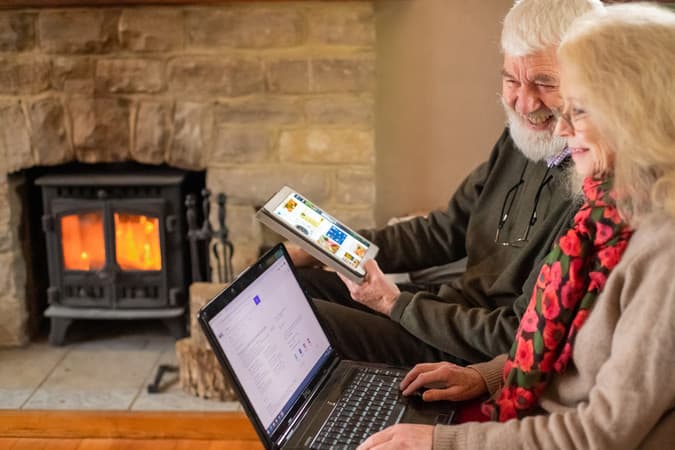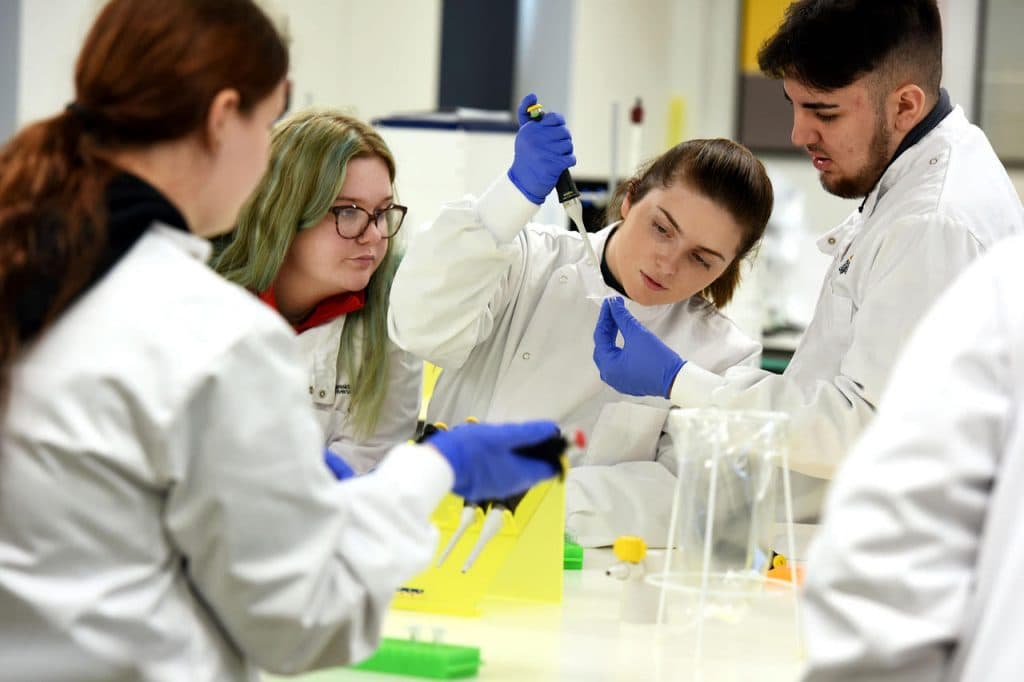
Amina Graham, executive director of people and systems at Housing 21, a not-for-profit providing housing for older people of modest means, discusses how integral digital transformation is to the care sector and its ability to meet residents’ needs for the future.
The pandemic accelerated digital transformation across many sectors, with advancements in technology noticeably changing the way we work, communicate and how we deliver services. But the potential of new technologies is perhaps greatest in the social housing and care sectors, where digital solutions could enable older people, and those with care needs, to live independently and enjoy a higher quality of life for longer.
With ONS figures putting the over-65 UK population at 11.7m in 2017 and projected to increase by 8.2m in the next 50 years, the social housing and care sectors are in urgent need of a ‘digital revolution’. This is where ambitious, purpose driven digital leaders are in a position to lead the charge and introduce technologies that truly impact and improve people’s lives.
Unlocking the potential of technology has the power to transform the way we work, helping us to provide better services to our residents. There are many opportunities for technology leaders to drive transformation projects that can increase independence and improve customer care and experience.
Creating truly caring environments
With a growing older population to serve, digital transformation has a huge role to play in creating modern environments that better respond to the diverse needs of older people,to live their best lives and enabling care workers to spend more precious time with their customers rather than doing administrative tasks.
From the use of mobile phones and tablets in a care worker’s daily role, enabling them to access a resident’s care plan or key information,such as allergies, instantly, to migrating administrative procedures to electronic medication management (eMAR) platforms, modern technology can improve safety while streamlining processes and saving care workers time.
That time can then be spent with residents, building stronger relationships, offering more opportunities for social interaction and improving quality of life and wellbeing.
Care management
By freeing up care workers’ time, allowing them to focus on the social and caring aspects of the role, digital leaders from all backgrounds can make a real difference to the lives of older people.
There is a growing movement to integrate care with online platforms. Introducing more intuitive, efficient and secure digital systems for tasks such as planning rosters and storing notes presents a valuable opportunity for digital specialists to transform what have traditionally been analogue, time-consuming processes.
Additionally, digital care management platforms can also prove instrumental in generating personalised care support plans, which can be tailored by working collaboratively with residents and their family members to improve the care experience.
Data management
Becoming more data-driven is at the heart of the digital transformation for any modern business and this is no less true than in social housing and care. The secure and responsible collection, analysis and interpretation of residents’ data is key to unlocking better care management, expedited by the need for tighter governance and GDPR.
Effective data analytics provides the crucial insight required for improving decision-making, personalising care and support, as well as aiding productivity by optimising internal operations for social housing and care providers.
Remote monitoring
One of the biggest knock-on effects of the pandemic has been the migration to remote working models, including medical monitoring.
While routine face-to-face contact with residents will always remain important for nurturing relationships and could never be replaced by technology, innovative solutions can complement face-to-face contact and enhance safety.
The use of remote monitoring tools provides real-time updates on health status, assisting care workers in prioritising immediate, in-person check-ins. This early intervention may benefit overall healthcare outcomes for residents. Technology used in social care settings also has the potential to link primary and secondary care systems.
This does mean, however, that any social housing and care provider employing remote monitoring tools will need to ensure compatibility with existing systems, as well as adherence to health initiatives, industry guidelines and GDPR.
Communication
Our growing reliance on mobile technology has resulted in an increased need to access information promptly and receive notifications at routine intervals.
This trend has been compounded in the social housing and care sector, where residents and their families now expect more sophisticated communication and participation in all decisions relating to care.
This opens up opportunities for providers to invest in modern platforms and technology for maintaining ongoing communications with residents, their families, care workers and healthcare professionals around residents’ individual needs.
Promotion
With social distancing and lockdowns becoming part of the ‘new normal’ over the past 18 months, social housing and care providers have not always been able to host in-person tours of their facilities.
Spatial capture technology has a role to play in hosting virtual facility tours, providing a safe and secure way for residents to view the options available for them and make the important choices about their housing and care needs.
Since the pandemic, many professionals have reassessed their positions and are looking for more purposeful career opportunities, wanting to make a meaningful difference to the lives of others. The tech space is no different. While there is clear potential for digital innovation to have a profound transformative effect on those living in housing with care, the expertise of digital leaders is urgently needed to progress sector-wide digital transformation and create more caring environments.
Providers have a responsibility to make digital leaders aware of the impact that they’re able to make on a sector that is often overlooked within the wider healthcare industry. Only then can the transformative potential of technology in improving the lives of older people be fully realised.





